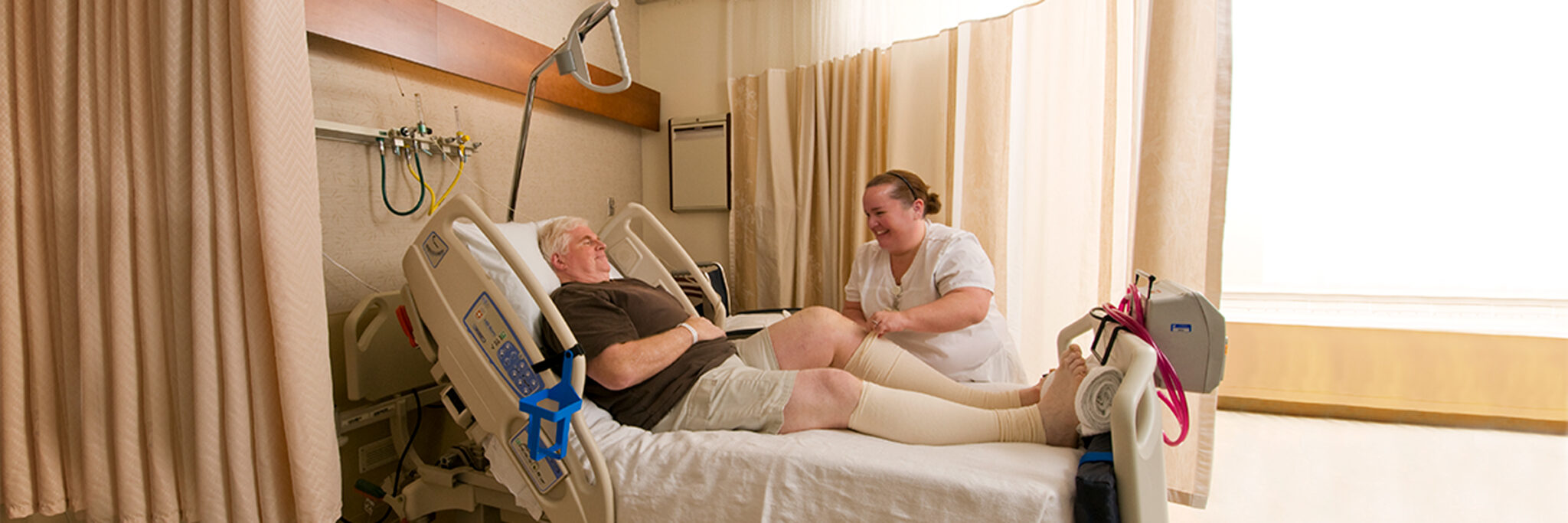Rehabilitating from surgery can be a challenging process, but rehabilitation therapy plays a crucial role in assisting individuals regain their strength and movement. After surgery, the body needs a period to heal, and rehabilitation provides a systematic approach to recovery. This method not only focuses on bodily rehabilitation but also emphasizes the significance of emotional well-being. By engaging in rehabilitation, patients can empower themselves to manage of their recovery and enhance their overall quality of life.
Physical therapy after surgery typically starts with an evaluation by a certified physical therapist. This professional assesses the patient's status, including their scope of movement, power, and discomfort levels. Based on this evaluation, a customized treatment plan is developed. This plan may consist of workouts to improve flexibility, muscle-building to restore muscle, and methods to improve balance and stability. The therapist will guide the patient through these exercises, ensuring they are performed safely and effectively. This tailored approach helps patients progress at their own pace while addressing their specific requirements.
One of the key advantages of rehabilitation is discomfort management. After surgery, many patients experience discomfort or pain, which can hinder their ability to move and participate in daily activities. Physical therapists use various techniques, such as manual therapy, treatments like heat or ice, and targeted workouts, to help reduce pain. By controlling pain efficiently, patients can engage more fully in their rehabilitation exercises, leading to quicker recovery. Additionally, understanding how to manage pain can empower patients to take an engaged role in their recovery process.

Another crucial aspect of rehabilitation is instruction. Patients are taught about their condition, the healing process, and the significance of following important link to their rehabilitation program. This understanding helps patients understand what to expect during healing and the role they have in their own healing. Physical therapists also provide advice on how to adjust daily activities to prevent further harm and encourage healing. This educational component fosters a sense of self-sufficiency and assurance, allowing patients to feel more empowered of their healing journey.
In conclusion, physical therapy is an integral component of healing after surgery. It not only aids in bodily rehabilitation but also promotes mental and emotional well-being. Through customized treatment plans, discomfort management techniques, and educational support, rehabilitation enables patients to take charge of their healing. By proactively engaging in their rehabilitation, individuals can regain their power, enhance their mobility, and enhance their overall standard of life. Accepting physical therapy after an operation can result to a successful and rewarding healing experience.
Comments on “Empowering Recovery Through Physiotherapeutic Therapy Post Operation”